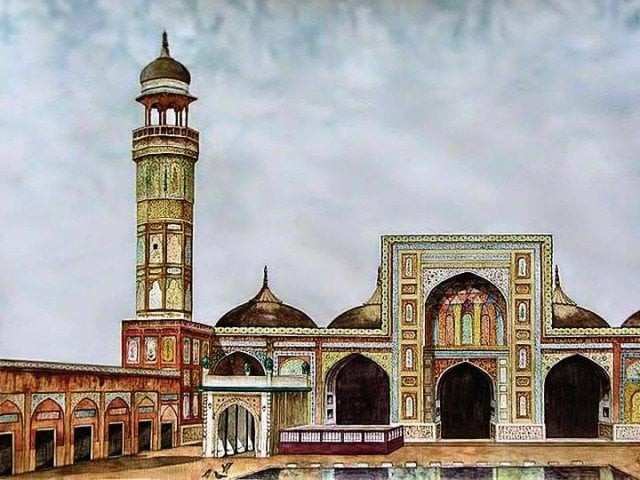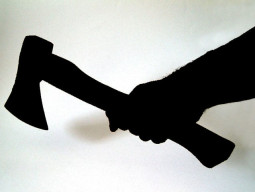
Art aficionados and calligraphers congregated there to attend the introductory session of the workshop being run by academic Ejaz Akram of the Lahore University of Management Sciences (LUMS). Explicating the philosophy behind creating a copy of the Holy Quran, Ejaz said the entire idea of bookmaking was understood through symbolism prior to the advent of the modern age. “The Holy Quran was presented in a myriad of art forms but the most superior and strongest of these became creating visually pleasing objects—here came in the art of calligraphy,” he said.
Ejaz said traditional calligraphers had taken inspiration from the Japanese philosophy of art that focused on fashioning simple yet intriguing works as the Holy Quran was a serious and sacred subject for them. “One could not just place cartoons and illustrations with Quranic text,” he said. Therefore, Ejaz said, symbols played a pivotal role in transforming Quranic text and space into a striking art form. Taimoor Khan Mumtaz, one of the workshop’s organisers, said the event was the first of its kind to be organised in Pakistan. He said those attending the workshop would be schooled in the history, philosophy, craft of calligraphy, illumination, geometric patterns, miniature illustration and book binding. Mumtaz said the workshop’s participants would be specifically trained in calligraphy in the Hijazi script—in which the Holy Quran was penned—for the first time. He said the work of the participants would be exhibited by Hast-o-Neest following the conclusion of the workshop. Mumtaz said traditional art forms had never been well received in Pakistan. He said this had resulted in the virtual disappearance of gifted artists from the mainstream. Mumtaz said the workshop was an attempt to revive one such art form.
Faiza Fayyaz, one of the instructors, miniature painting—considered a traditional art—had been incorporated into calligraphy—a sacred art—during the Mughal era. Fayyaz, who has specialised in the Mughal illustration and painting, said calligraphy in the Mughal era had been initially inspired by Chinese miniature art. She said it was later influenced by Persian art.
Hast-o-Neest in an institute dedicated to promoting research into and study of traditional art and culture.
Published in The Express Tribune, February 27th, 2016.


















COMMENTS
Comments are moderated and generally will be posted if they are on-topic and not abusive.
For more information, please see our Comments FAQ